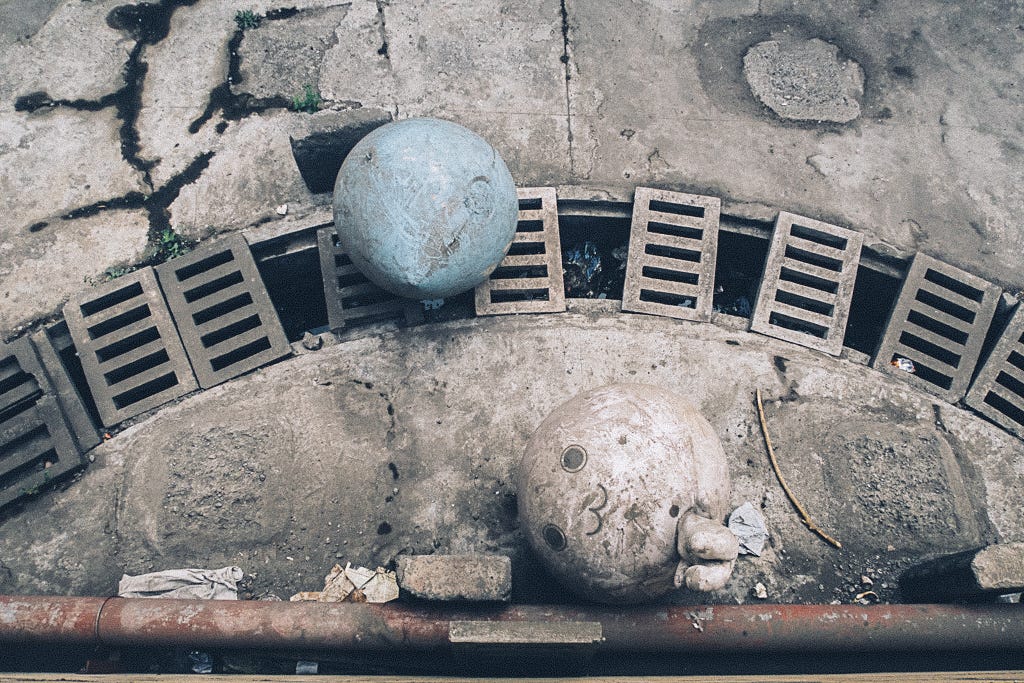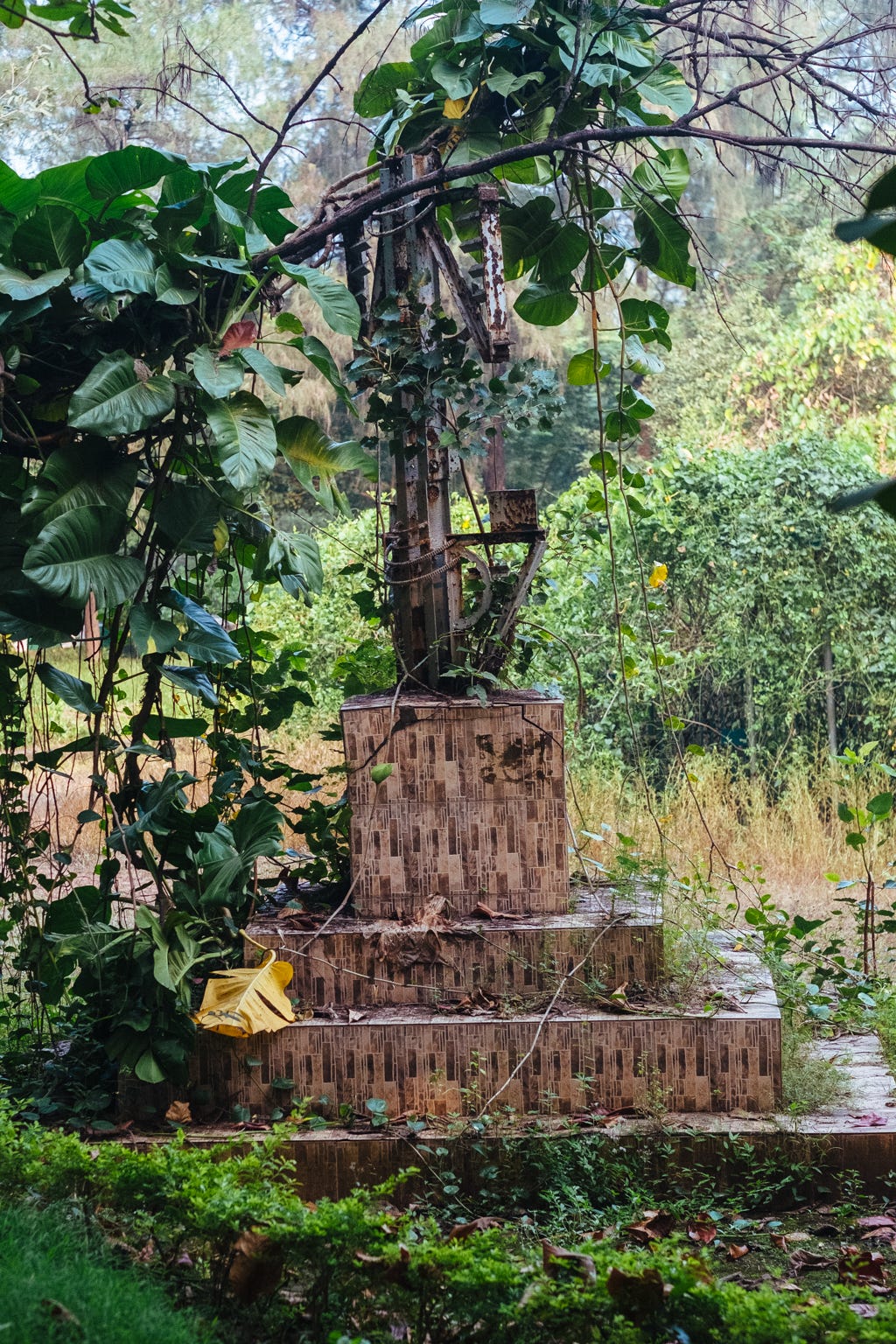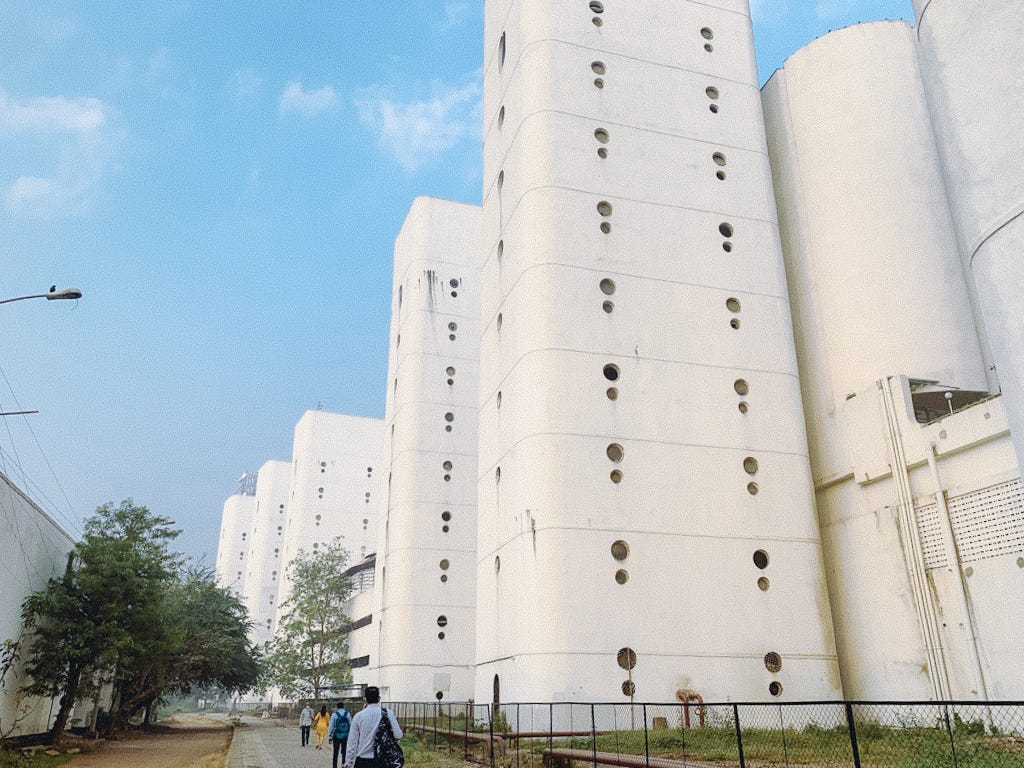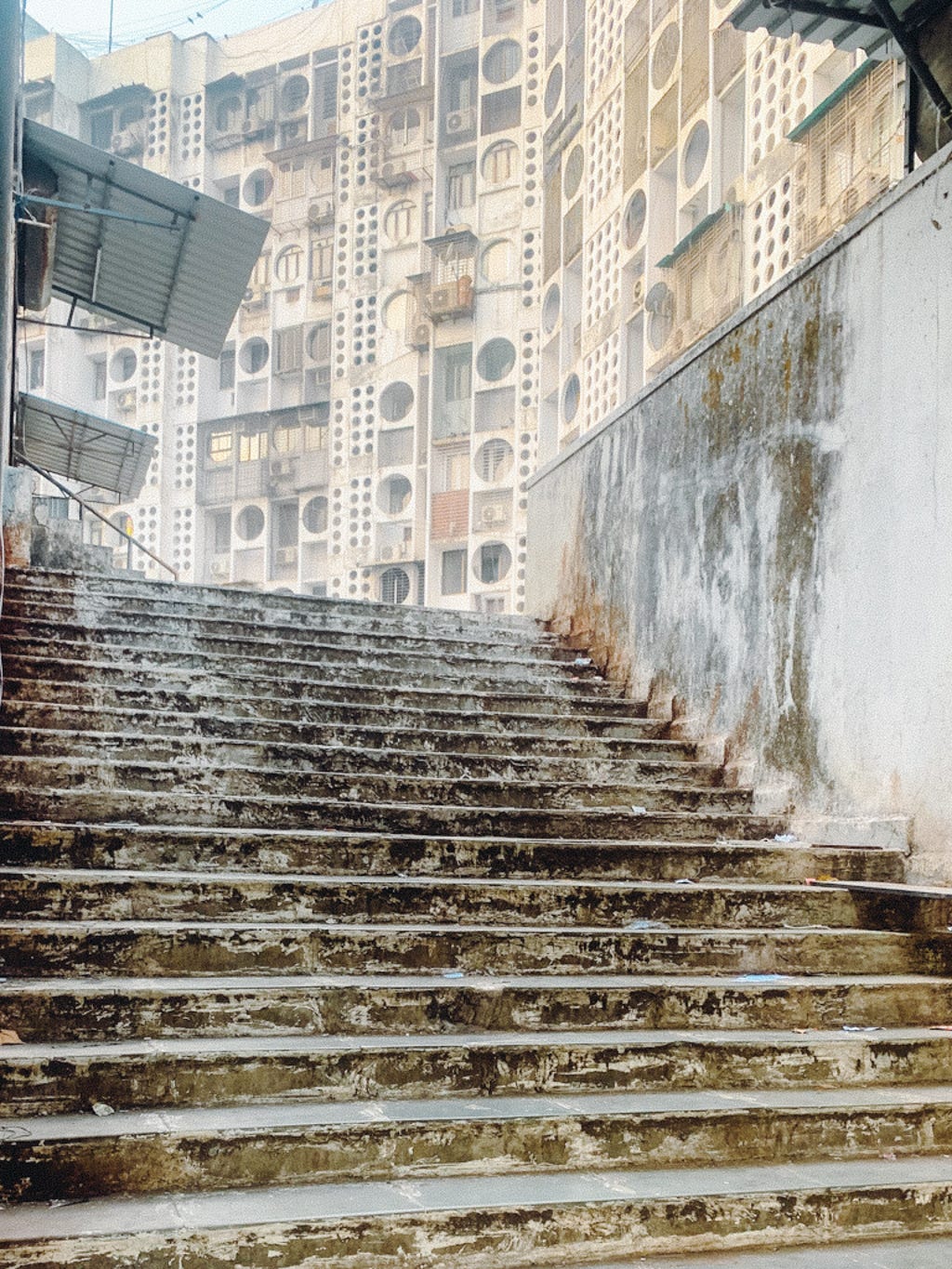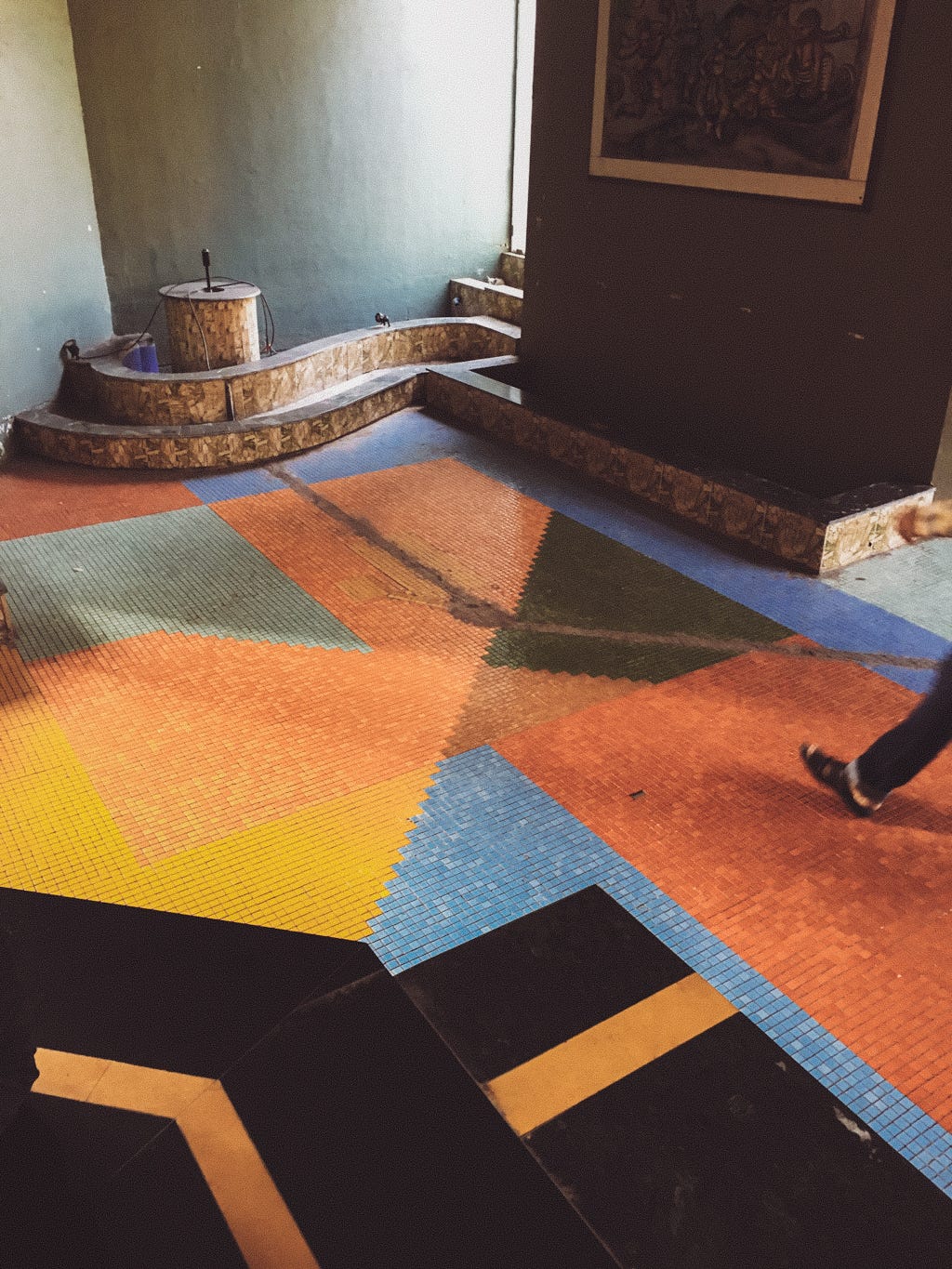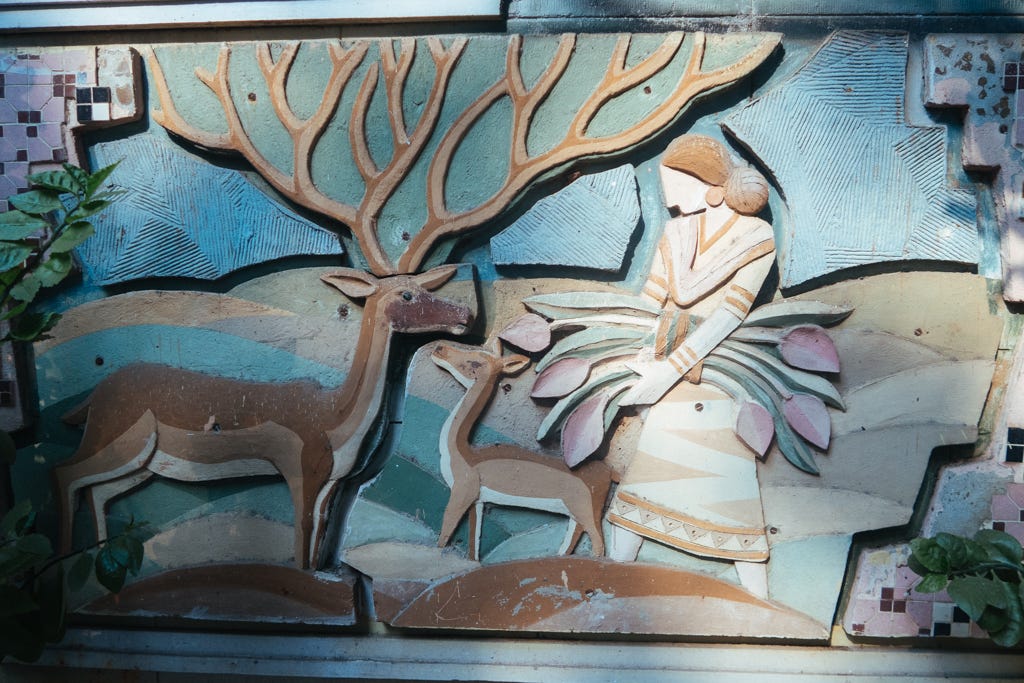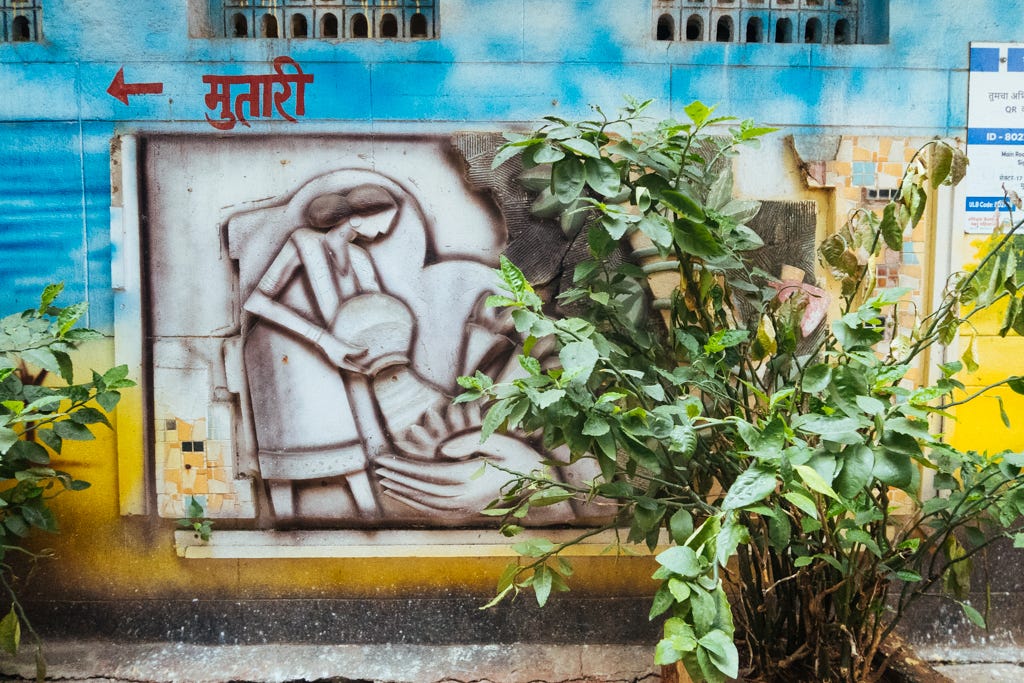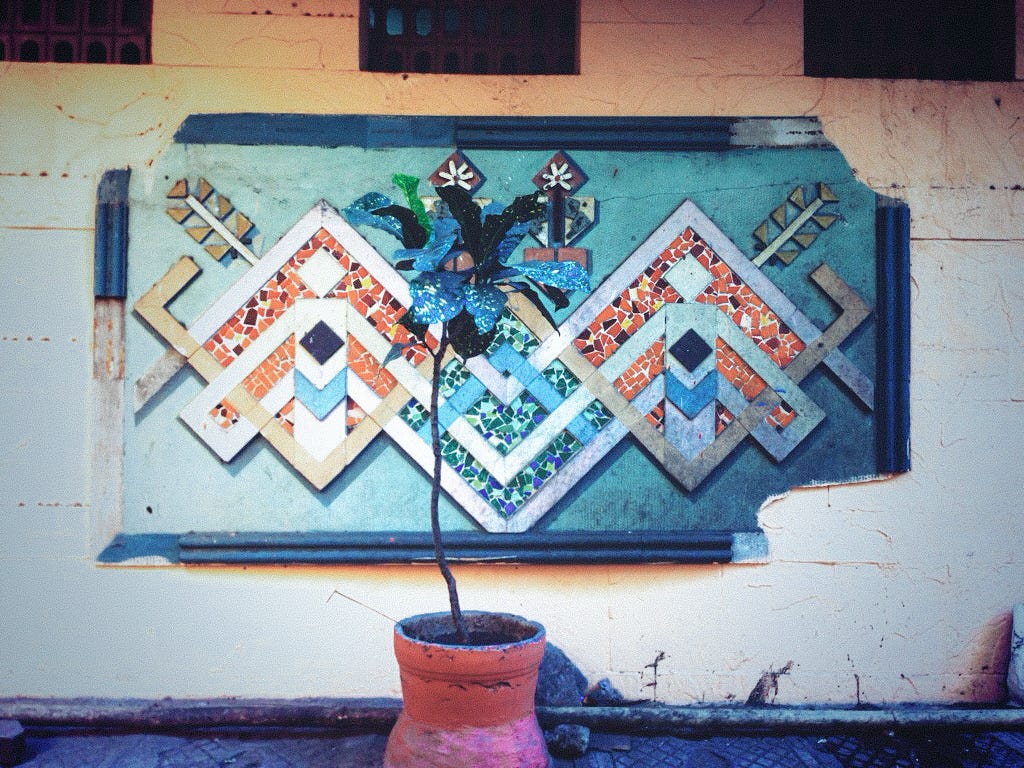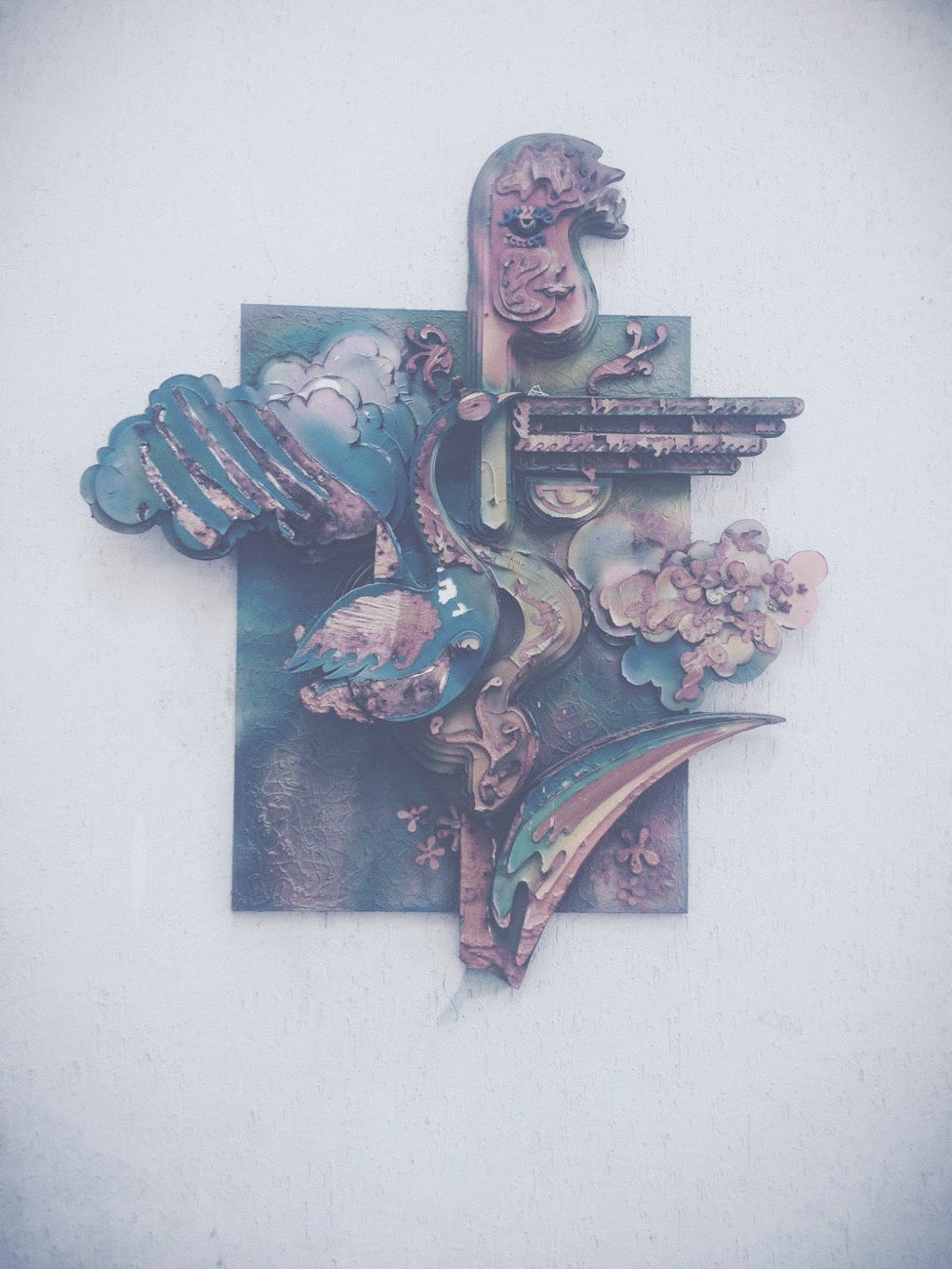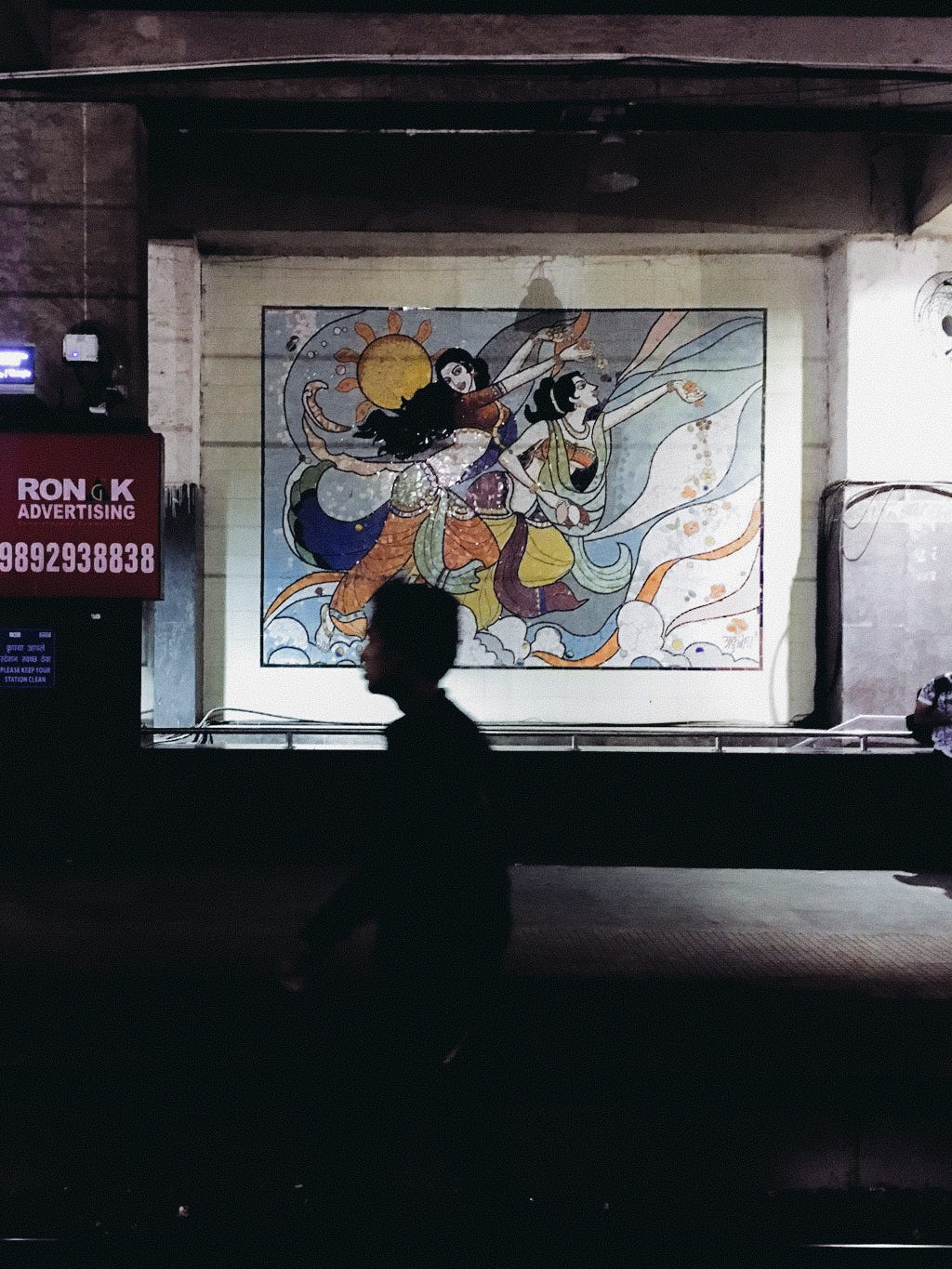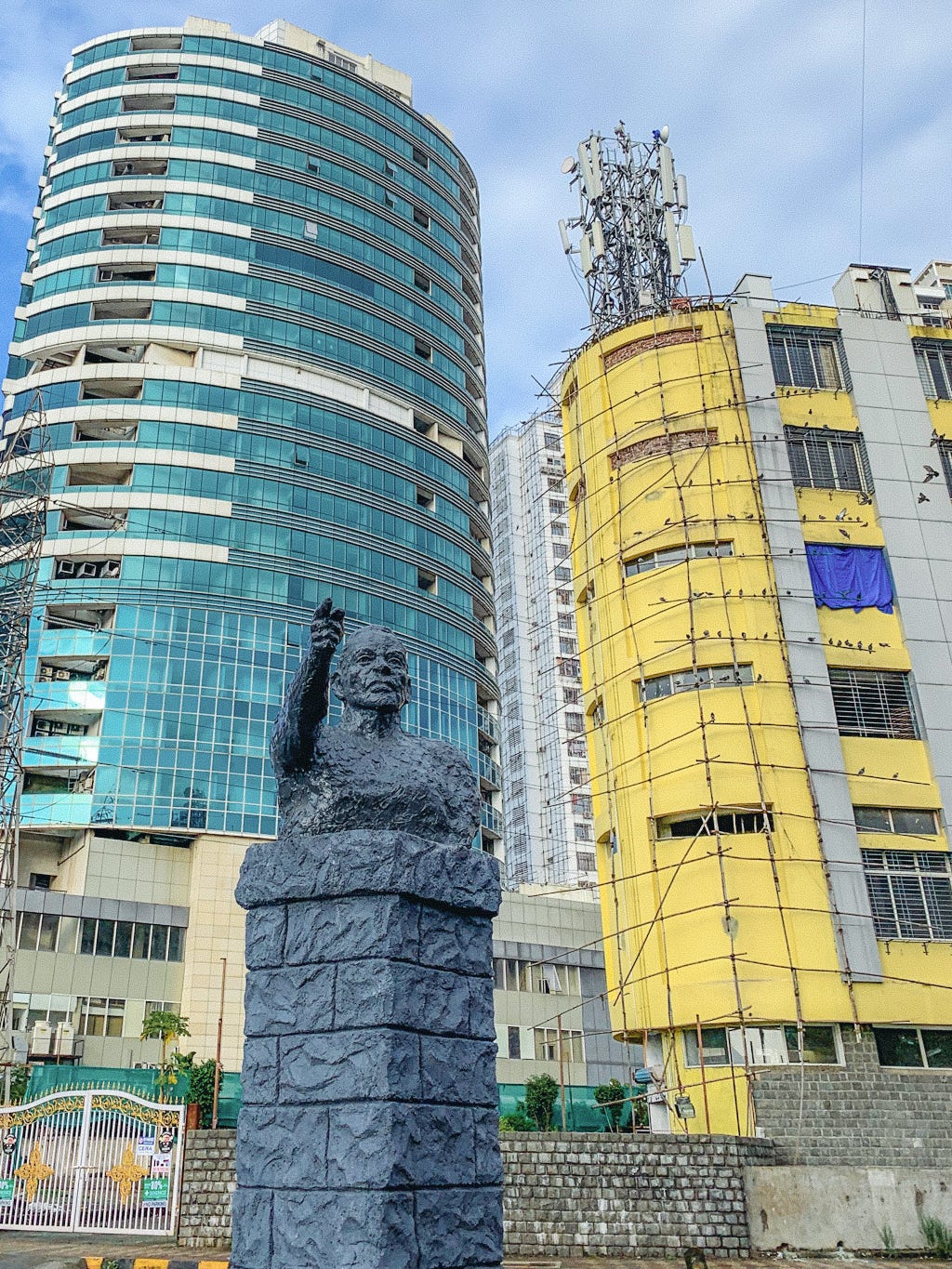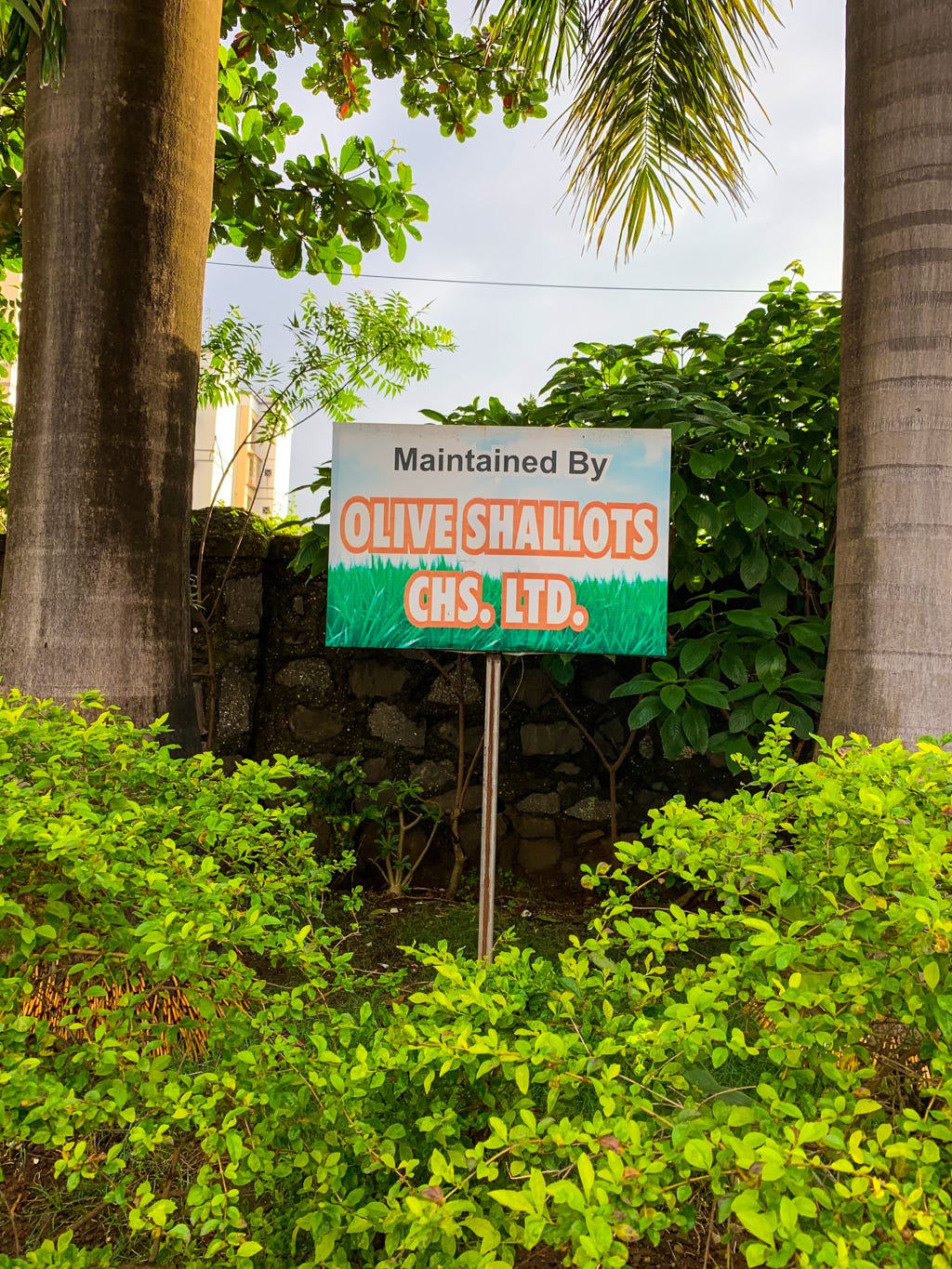Navi Mumbai, or New Bombay as it was called then, was an idea and a city launched half a century ago by bureaucrats and city planners across the Thane Creek on Mumbai Island who wanted to create a satellite city on the mainland to relieve the pressure of growth and expansion there. Essentially agricultural fields, salt pans, mangroves and wetlands belonging to many villages, the land was planned into a city.
This film will give you an idea of what they were thinking.
Today’s images feature a few pieces of sculpture that were commissioned by those men (mostly) that dotted the Vashi Node, one of the many nodal points, of the New Bombay city that disappeared less than a decade back.
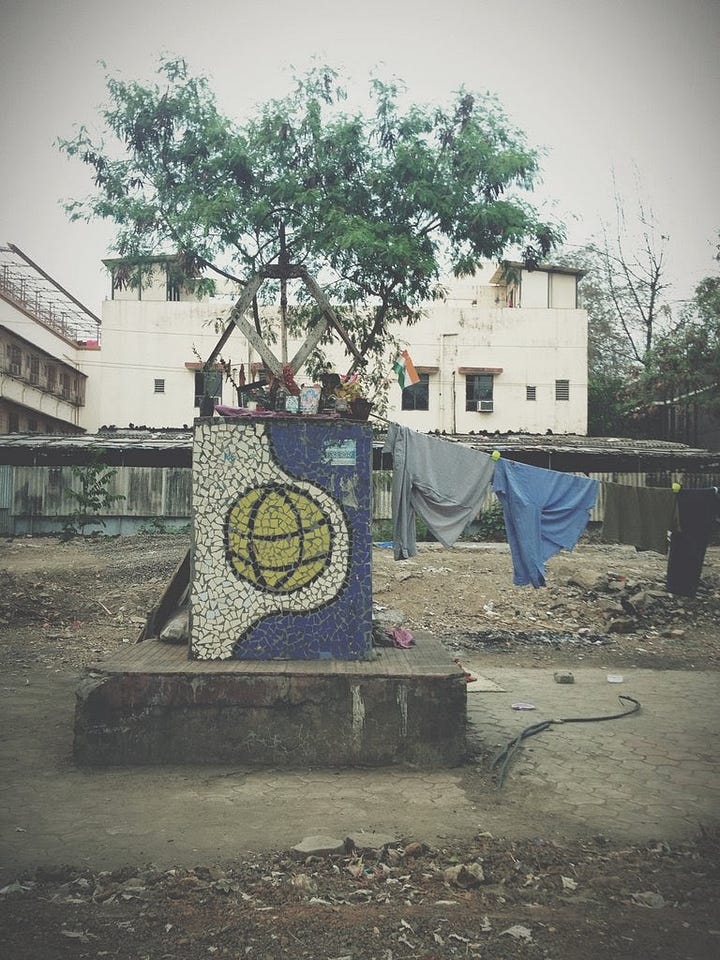
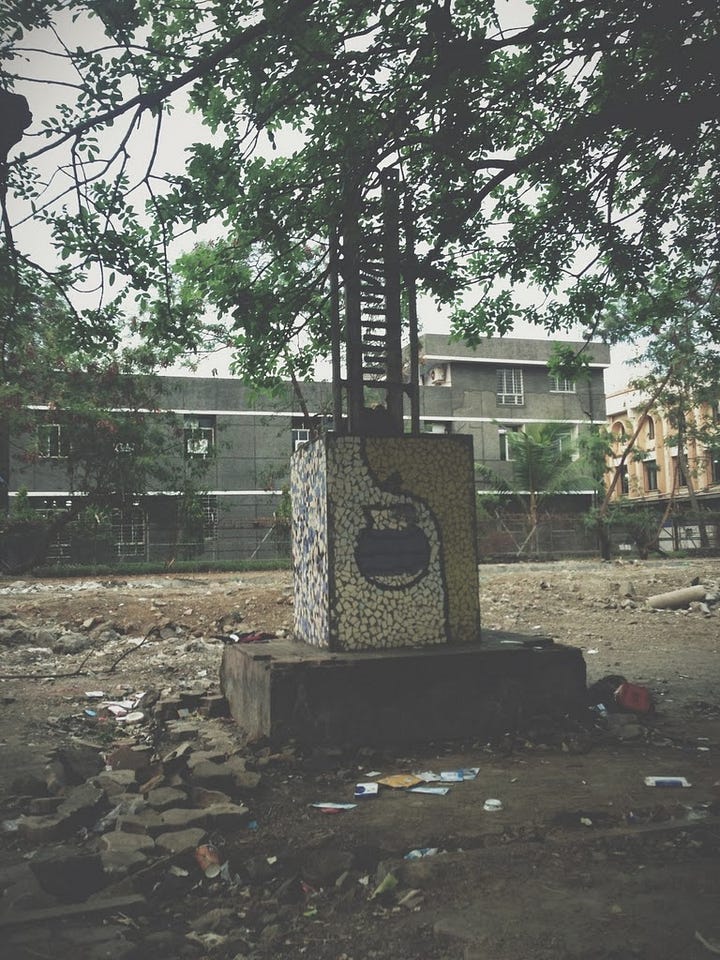
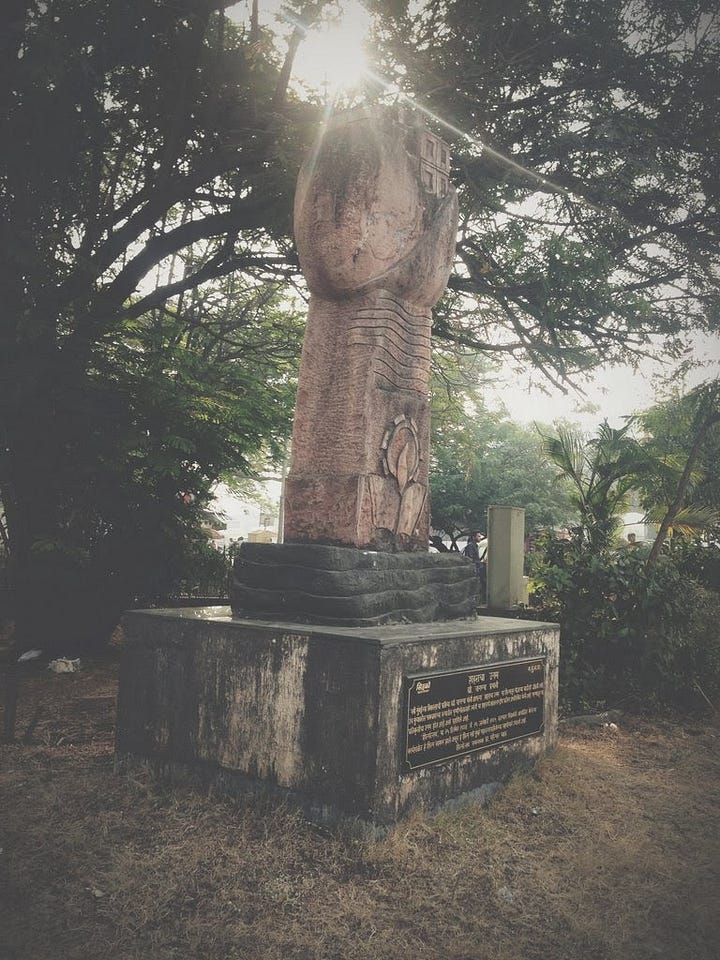

The remains of one of them can still be seen. The rest have disappeared.
NAVI MUMBAI / NAVE SHAHAR (NEW CITY)
Navi Mumbai took some time to catch up as a city in its own right. Right now, it has an estimated population of around 1.5 Million. While people from Mumbai, especially the government departments and their operations, refused to move to Navi Mumbai, the Mumbai port is now on the mainland, a little South of Navi Mumbai. The port holes in the architecture of the place, like this railway station that also houses an IT Park, reflect its status as home to one of India’s most prominent ports.
The main agricultural hub in Mumbai also moved to Navi Mumbai. Here is a building within the Agricultural Producers Market Committee/ APMC Market.
The style of buildings reflects the style of the 1970s and 80s.
These murals are found outside a public washrooms in Vashi
There were quite a few public artworks made from metal that dotted walls of public buildings in Navi Mumbai that have disappeared, like this one:
